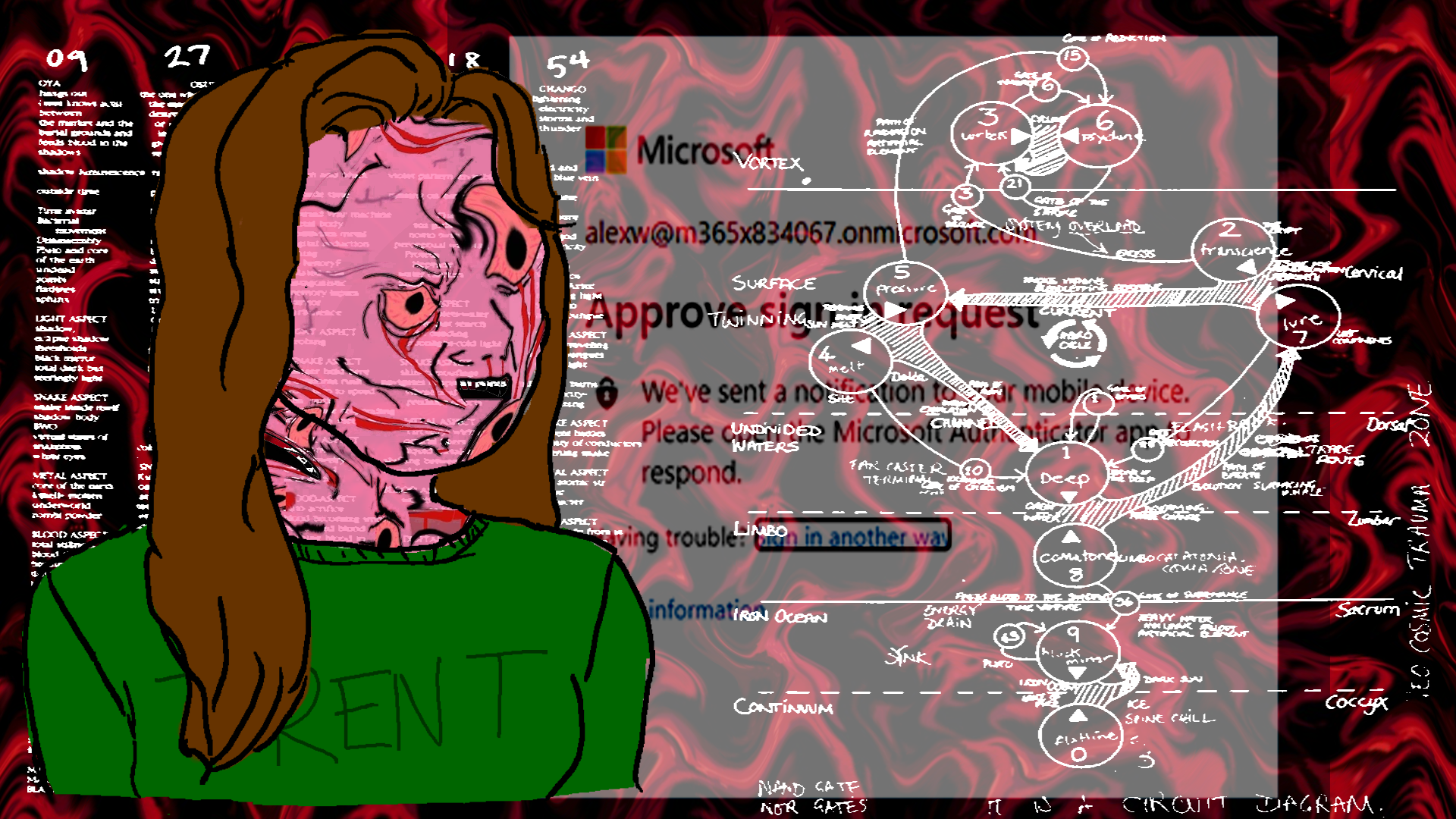How to Survive The Apocalypse With Your Humour Intact
So the apocalypse is coming. This is not new news. Titles such as “The Rapture,” “The End Times,” “Doomsday,” and “The Day of Judgement” have been tossed around for millenia, but no matter what you call it, it’s all the apocalypse. Such a day has been written about and prophesied as early as 2800 BCE, by an Assyrian who wrote about the “end of days” coming. More famous is the Mayan calendar, which ended on December 21, 2012, making many believe that the Mayans had predicted the last day of life on Earth. Every apocalypse idea is different: biblical floods, raging volcanoes, a new ice age, and even rampant zombies have been theorized to bring about the end of modern civilization. More ideas, like the robot revolution, plague, or nuclear fallout are on the table as well.
But hey, it’s not all depressing! According to a recent study conducted at Trent, the two biggest worries that Trent students have are 1. student debt, and 2. climate change. Statistics Canada estimated that in 2015, the average Bachelor's degree graduate owed $28,000 in debt. And since those in power are doing nothing to halt the incoming environmental disasters that will drown, burn, freeze, or dehydrate us, the single consolation we have is that our student debt will no longer matter. Hooray! Those who survive the End Times will be ravaged by emotional, mental, and physical scars, but at least they won’t have to make monthly payments to a government that no longer exists. So without further ado, here are some quick tips on how to survive Armageddon, without Bruce Willis.
First off, you need to choose your apocalypse team wisely. Consider the following:
- Nobody is allowed to keep secrets, especially of the bitey kind.
- Do not allow anyone, at any point, to utter the phrases “I’ll be right back” or “Let’s split up.”
- Two words: Buddy. System.
- Everyone needs to know one relevant skill and three good jokes.
- A dog is a useful guard, and is the only team member that will not turn on you.
Next, you need a super cool homebase:
- Choose an unpopulated area (neighbours can be nasty).
- Gather bicycles for everyone. They don’t require fuel, are quiet, and can easily be hidden.
- Underground bunkers are your best bet.
- Secure your area with a fence and boobytraps, Kevin McCallister-style.
Now for supplies:
- Walmart carries food, water, clothing, and (in America) guns. One-stop shop.
- Learn to forage from knowledgeable books.
- Always have a first aid kit.
- As tempting as it might be, do not start farming other people.
One’s weapon choice is vital to their Character Archetype:
- Flamethrowers, cool as they are, will only make monsters mad and on fire.
- Guns are loud and run out of ammo quickly. Carry extra, and be a better shot.
- At least two samurai swords. Also good for making fruit salad.
How to build a new future:
- Archive everything you can, especially the entire Bee Gees discography.
- Proclaim yourself a religious leader.
- Reinstate a barter system focused on Jalapeno Cheetos, tiny cacti, and print outs of racy X-Files fanfiction.
All in all, as terrifying as a nuclear fallout followed by an apocalyptic zombie-infested future is, at least it’s not as depressing as thinking about one’s student debt.


.png)


.jpg)


.jpeg)



.jpg)

.jpg)









.png)